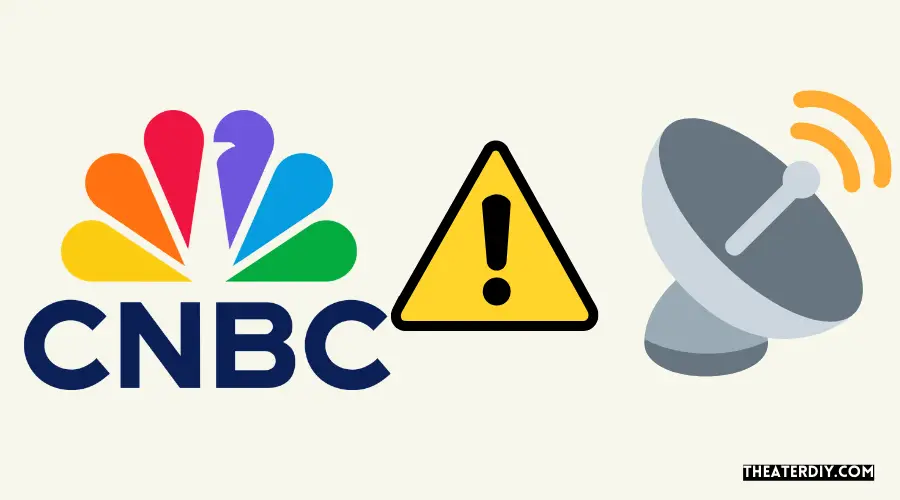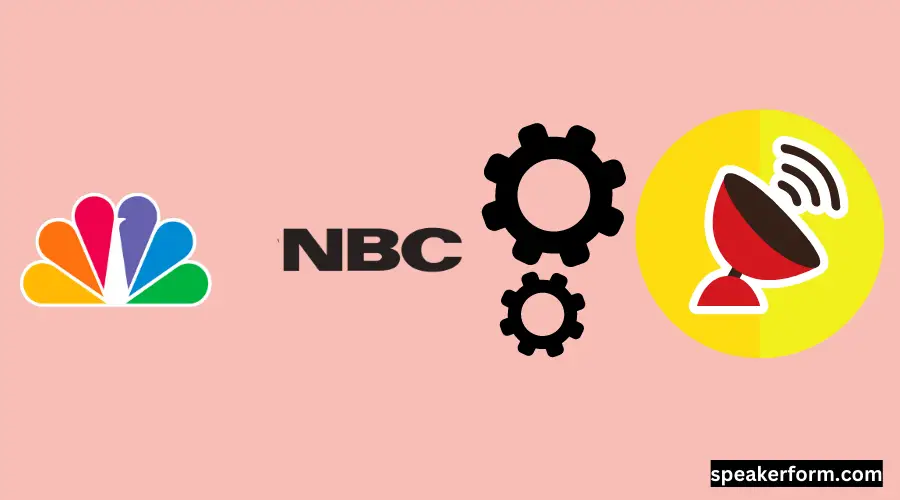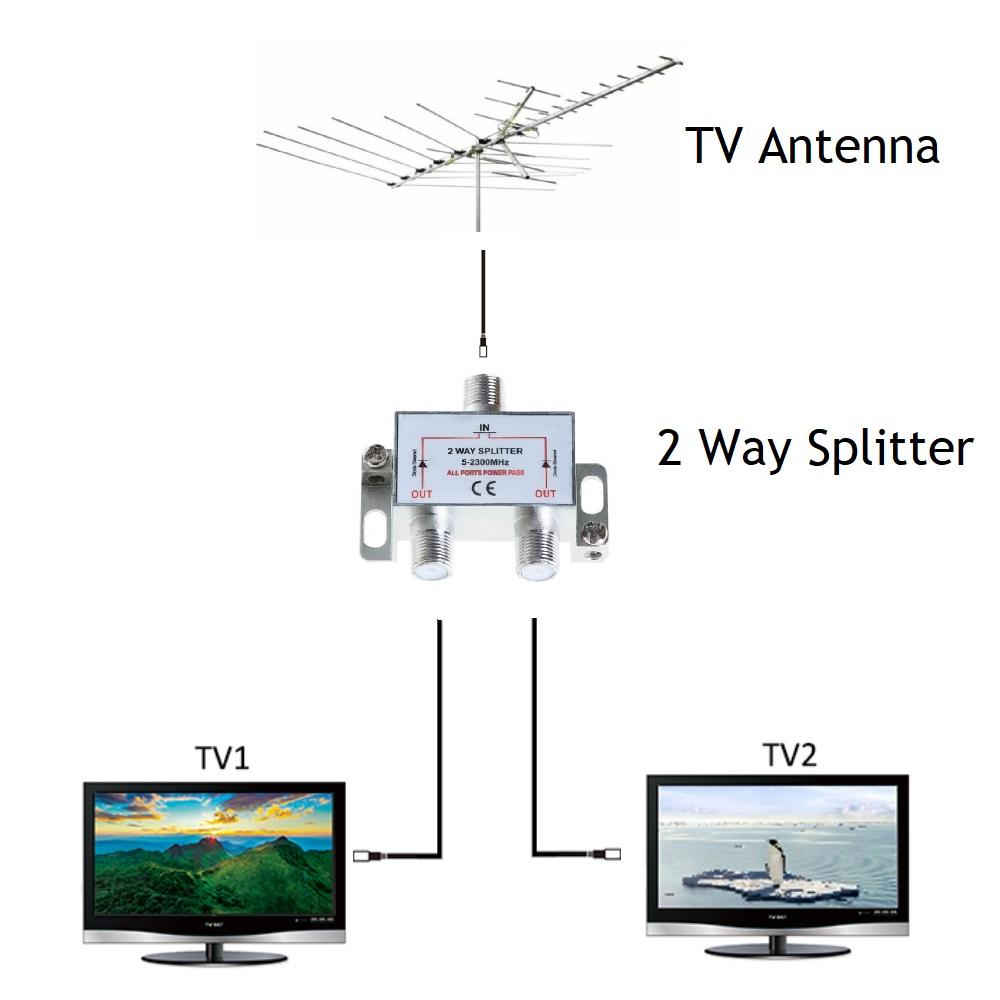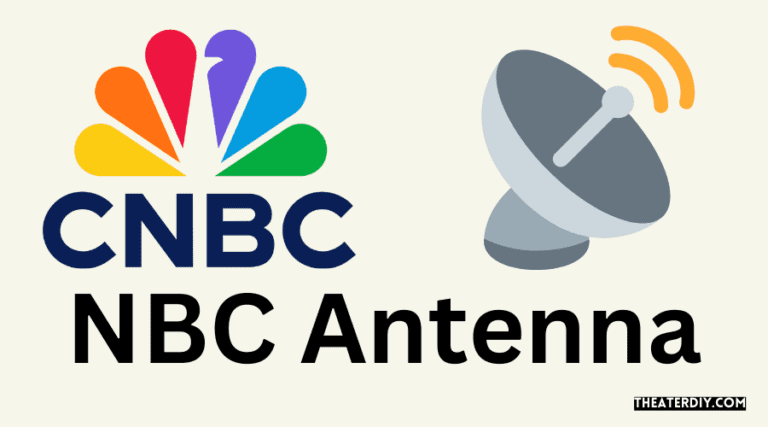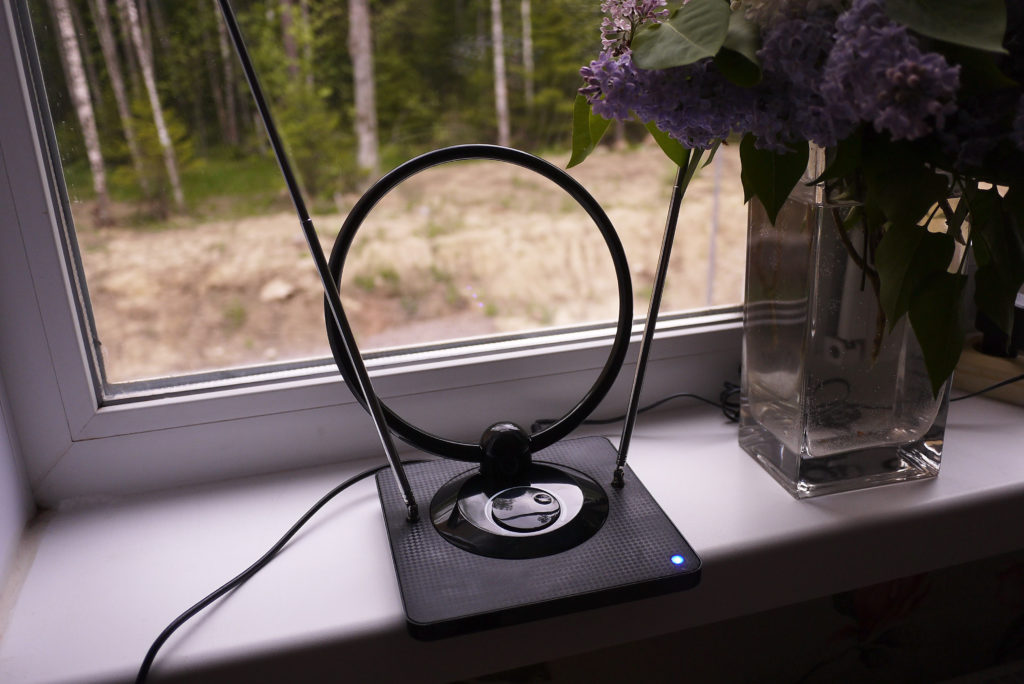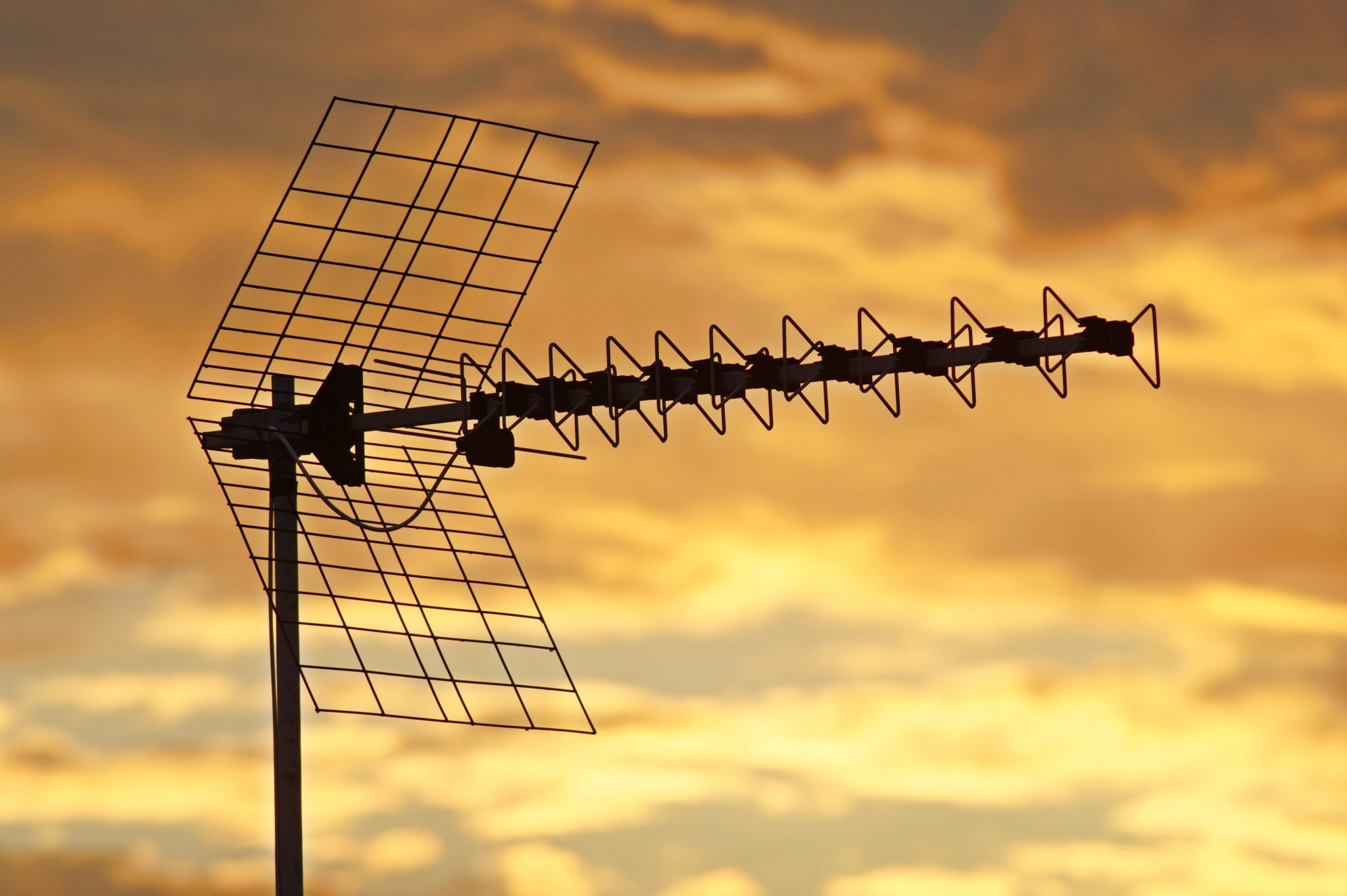Why Can't I Get Nbc On My Antenna

Frustration echoes across living rooms nationwide as the promise of free, over-the-air (OTA) television falls short for many seeking their local NBC affiliate. Static crackles where familiar programming should be, leaving viewers puzzled and searching for answers. The simple act of connecting an antenna to a television, once a reliable source of entertainment and information, now frequently yields only disappointment for those chasing network broadcasts.
At the heart of this widespread issue lies a complex interplay of factors, including the digital transition, frequency interference, signal strength variations tied to geography and broadcast tower locations, and even the type of antenna being used. This article delves into the reasons why receiving NBC via antenna can be so problematic, exploring technical challenges, regulatory shifts, and the evolving broadcast landscape. We'll examine the impact on viewers and what steps, if any, can be taken to improve reception and reclaim access to over-the-air NBC broadcasts.
The Digital Transition and its Lingering Effects
The 2009 digital television transition was intended to improve picture quality and free up valuable spectrum for other uses, but it also introduced new challenges for OTA viewers. Older analog signals were often more forgiving, providing a usable picture even with weaker signals. The digital signals require a much stronger, cleaner signal to decode.
This means that viewers who previously had adequate reception with an analog antenna may now find themselves struggling to receive digital NBC signals. The shift also made antennas more directional, requiring precise aiming to capture the broadcast from the correct tower location.
Understanding VHF and UHF Frequencies
NBC affiliates broadcast on both VHF (Very High Frequency) and UHF (Ultra High Frequency) bands. Following the digital transition, many stations moved to the UHF band to allow for better signal compression and use of spectrum. This shift created issues for older antennas designed primarily for VHF reception.
Many consumers are using antennas that are not optimized for both VHF and UHF frequencies, impacting their ability to receive certain channels, especially if NBC is broadcasting on a VHF frequency. Selecting an antenna that is designed to receive both VHF and UHF signals is crucial for reliable NBC reception.
The Impact of Terrain and Distance
Geographic location plays a significant role in signal strength. Viewers in mountainous or heavily wooded areas often experience signal blockage, weakening the broadcast signal before it reaches their antenna. Distance from the broadcast tower is also a major factor.
The further away a viewer is from the tower, the weaker the signal will be. This can lead to dropped signals, pixelation, or a complete inability to receive the NBC affiliate. The Federal Communications Commission (FCC) provides online tools and resources to help viewers estimate signal strength based on their location.
Interference: The Unseen Enemy
Interference from other electronic devices can disrupt OTA signals. Common sources include microwave ovens, cordless phones, and even poorly shielded electrical wiring. These devices can generate electromagnetic noise that interferes with the delicate signals picked up by the antenna.
Electrical interference can be difficult to diagnose, but one step viewers can take is to try moving their antenna away from potential sources of interference. Using shielded coaxial cables can also help reduce the impact of external noise on the signal.
Antenna Selection and Placement
Choosing the right antenna is critical for optimal NBC reception. Indoor antennas may work in some areas with strong signals, but outdoor antennas typically provide better performance, especially in rural or suburban locations. Larger antennas with higher gain can pull in weaker signals from distant towers.
The antenna's position is just as important as the antenna itself. Experimenting with different locations and orientations can significantly impact signal quality. NBC affiliates sometimes broadcast from multiple towers to reach different communities within their viewing area. Aiming the antenna in the wrong direction will severely hamper reception.
"It's important to remember that every location is unique," says a representative from the Consumer Technology Association (CTA). "What works for your neighbor might not work for you. Experimentation is often necessary to find the optimal antenna and placement."
Troubleshooting Tips for Better Reception
There are several steps viewers can take to try and improve their NBC reception. First, ensure that the antenna is properly connected to the television and that the television is set to the correct input. Rescanning for channels on the television is a necessary step to ensure that the TV recognizes the current signal landscape.
Rescanning will allow the television to find any available channels, even those that may have changed frequencies or broadcast parameters. Next, try adjusting the antenna's position and orientation. Small adjustments can sometimes make a significant difference.
Finally, consider upgrading to a better antenna. An outdoor antenna mounted as high as possible will generally provide the best results. If you live in an area with particularly weak signals, you may need to invest in an amplified antenna to boost the signal strength.
The Future of Over-the-Air Broadcasting
Despite the challenges, OTA broadcasting remains a viable option for many viewers. NextGen TV, or ATSC 3.0, is a new broadcast standard that promises improved picture quality, enhanced audio, and better reception, including improved indoor coverage. While still in its early stages of deployment, NextGen TV has the potential to revitalize OTA broadcasting and make it more competitive with streaming services.
However, widespread adoption of NextGen TV will take time, as it requires both broadcasters to upgrade their equipment and viewers to purchase new televisions or set-top boxes that support the new standard. In the meantime, viewers struggling to receive NBC via antenna must rely on existing technologies and troubleshooting techniques to improve their reception. FCC regulations also play a crucial role, and viewers should be aware of any changes that may impact their ability to receive OTA signals.
Ultimately, accessing NBC over the air can be a frustrating experience, but with a little knowledge and persistence, many viewers can successfully unlock free access to their local affiliate. Understanding the technical challenges and employing effective troubleshooting methods can help viewers overcome the obstacles and enjoy the benefits of OTA broadcasting.
